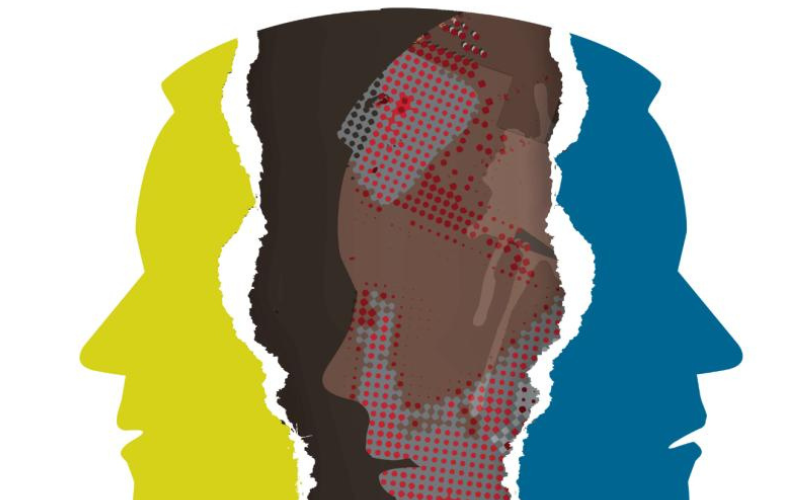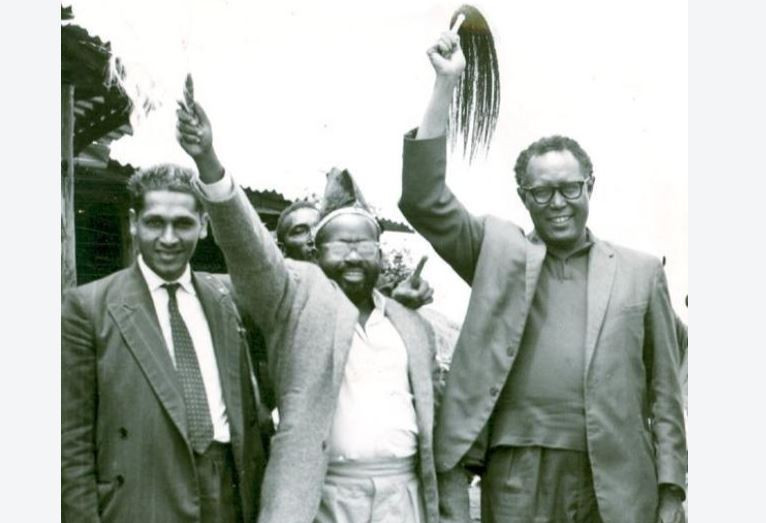
Romantic gifts in red boxes on wooden table, red hearts, candles and colorful gifts.
Today is Feb 14, a big day for celebration of love, affection, and grand romantic gestures. Everywhere, or most of the places you will go today are filled in red.
Heart shaped chocolates, roses and sentimental cards fill the environment and every Pulser is out there to make the most of it. Well, not all, but most.
This day alone, millions exchange gifts and vows of devotion, believing it to be a time-honored tradition rooted in pure romance. Yet, behind the flowers and candlelit dinners lies a history soaked in blood, martyrdom, and political maneuvering.
Before the Christianisation of Europe, February was associated with fertility and purification festivals, particularly the Roman festival of Lupercalia.
Held from February 13 to 15, Lupercalia was a celebration dedicated to Lupercus, the god of shepherds, and Faunus, the god of fertility. The festival involved sacrificial rites, in which priests, known as Luperci, slaughtered goats and dogs, before cutting the goat hides into strips, dipping them in blood, and running through the streets, striking young women with the blood-soaked strips in a ritual meant to ensure fertility and ease childbirth.
Another key part of the festival was the “love lottery,” where young men drew the names of women from a jar, forming temporary romantic or sexual partnerships for the duration of the festival.
As time went by a clash between these values and the rising Christian church brought some problems as the church wanted to transform this pagan festival into a celebration attributed to the legend of St. Valentine.
While the exact origins remain shrouded in mystery, it’s widely believed that the Christian Church, in an effort to Christianize the pagan holiday, sought to replace Lupercalia with a more saintly celebration.
Enter Saint Valentine, or perhaps multiple saints with the same name, whose martyrdom coincided with the date of Lupercalia.
Though historical accounts differ on which Valentine is truly responsible for the day’s association with love. The most widely accepted theory revolves around Saint Valentine of Rome, a priest who lived during the reign of Emperor Claudius II in the third century AD.
According to reports, Claudius II, believed unmarried soldiers fought better than those burdened with wives and families, therefore he outlawed marriage for young men.
Valentine, defying the decree, secretly performed marriages for soldiers in love. When his actions were discovered, he was arrested and sentenced to death.
While imprisoned, he reportedly fell in love with the jailer’s blind daughter, miraculously restoring her sight through faith.
Later on February 14, 269 AD, Valentine was beaten, stoned, and finally beheaded for his defiance. His death was neither the first nor the last associated with the day, but it cemented his legacy as a martyr for love.
Before his execution he supposedly wrote her a letter signed “From your Valentine,” giving rise to the modern custom of sending love notes.
For centuries, Valentine’s Day remained a minor religious feast, far removed from the modern spectacle of romance
It wasn’t until the 14th and 15th Centuries when poets like Geoffrey Chaucer romanticised the day that its association with love blossomed.
Chaucer’s poem 'Parlement of Foules' is often credited with linking Valentine’s Day explicitly to love, describing it as the day birds choose their mates. This literary flourish inspired European nobles to exchange love notes, a practice that laid the foundation for the Valentine’s Day cards we know today.
By the 19th century, the advent of mass-produced greeting cards turned Valentine’s Day into a commercial phenomenon. Companies
With its gruesome history of sacrificial rituals, executions, and political adaptations, the origin of Valentine’s Day is far from the idyllic celebration we imagine.
 The Standard Group Plc is a multi-media organization with investments in media platforms spanning newspaper print
operations, television, radio broadcasting, digital and online services. The Standard Group is recognized as a
leading multi-media house in Kenya with a key influence in matters of national and international interest.
The Standard Group Plc is a multi-media organization with investments in media platforms spanning newspaper print
operations, television, radio broadcasting, digital and online services. The Standard Group is recognized as a
leading multi-media house in Kenya with a key influence in matters of national and international interest.











